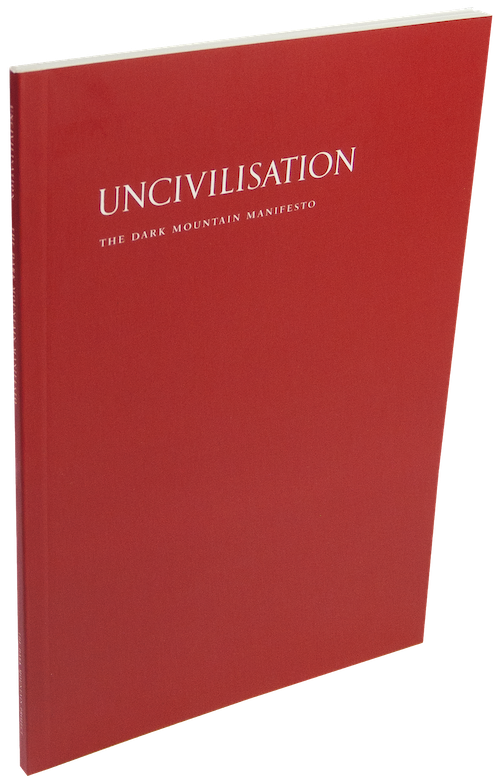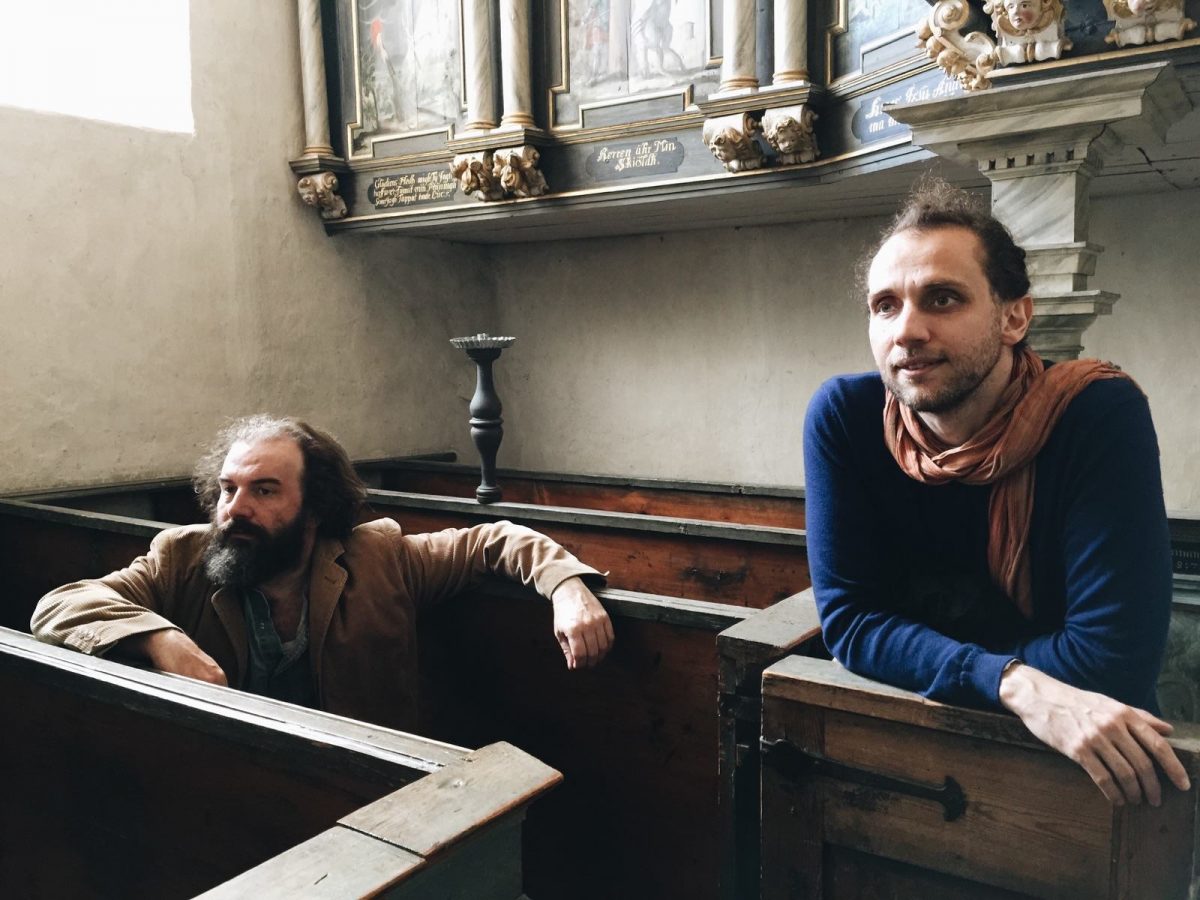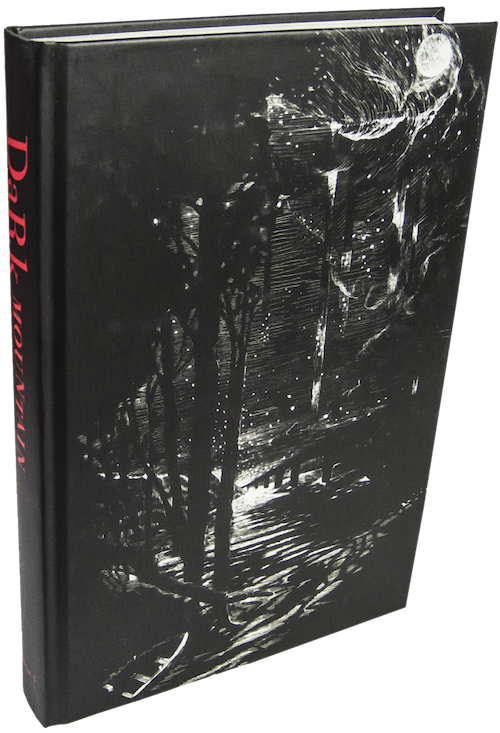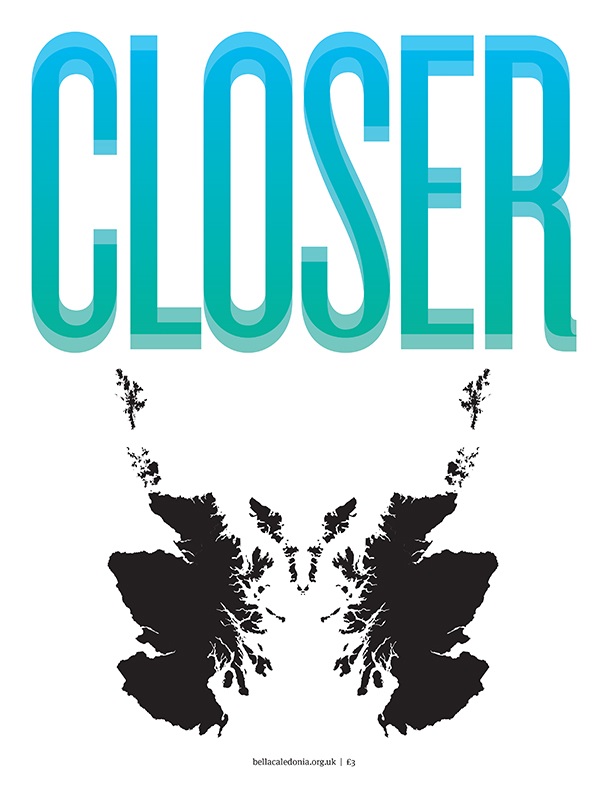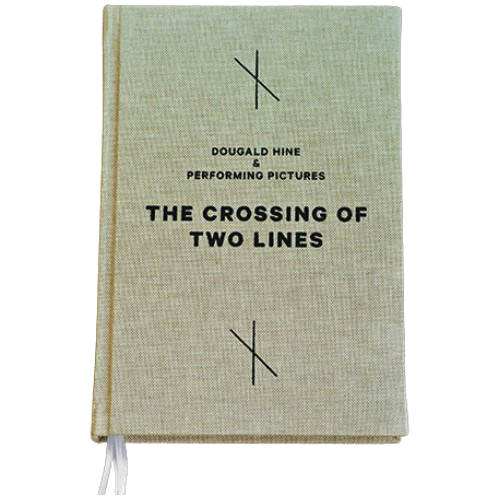The walls of the house on the Antešić land at Rab were built in the last years of the Kingdom of Yugoslavia, but three generations would go by, and two wars, before it came to have a roof. They were a metre thick, those walls, made of local stone, the openings in places no architect would think to put them. It was the brothers Stjepan and Mile Antešić who began the building. On the island, the family grew olives and grapes, but what paid for the construction was the money Stjepan sent back from his work as a ship’s captain on the Danube.
War came and the building stopped. Stjepan joined the Partisans, fought against the occupying forces and the homebred Catholic fascism of the Ustaša, a stand that lived on in the lifelong anti-clericalism of his daughter, Dorica. It was her daughter, Milica, who married Alojz Brečević, a ship’s mechanic. They had met in Sweden, as migrant workers, and they started a family there, a family that would travel back each summer to help with the wine-making. Don’t get too used to this country, they told their son, each autumn: one of these years, we are going back for good.
That promise was severed by the new war of the 1990s and it was not until 1997 that Robert Brečević returned, alone, on a bus from Munich. Later, he and his wife, Geska, would come to visit the family land at Rab and — together with his stonemason cousin, Đani — take on the task of finishing what Stjepan and Mile had begun a lifetime earlier.
A black oak tree hides the stone house from the road. What can be seen is the small chapel, built the same year that the roof went on the house. In the evening, visitors come from around the island — families, old people, young couples out for a walk—to peek through the keyhole and, as if at a fairground peepshow, catch a glimpse of the moving figure of St Christopher carrying the child who will turn out to be Christ. The patron saint of the town of Rab, but also the protector of travellers, his presence is, among other things, a reminder of the journeys that went into the building of this house.
* * *
‘So when did Robert convert?’
The question came from a mutual friend who had heard that I was writing about the turn in the work of Performing Pictures that led to the projects documented in this book. More often, such questions are left politely unspoken, but they hang in the gallery air when this work is shown.
We are used to art that employs the symbols of religion in ways seemingly intended to unsettle or provoke many of those to whom these symbols matter; yet to the consumers of contemporary art, those who actually visit galleries, it is more uncomfortable to be confronted with work in which such symbols are used without the frame of provocation. The viewer hesitates between two anxieties: is there something here that I am missing — an irony, a political message, a joke — or is this a piece of propaganda on behalf of the believers? (Whatever they may believe, the evening visitors to the chapel at Rab show no sign of such anxieties.)
The turn is striking, certainly. There is nothing in the work of Performing Pictures prior to 2009 that would lead the viewer to expect the saints and shrines and altars we find here. The story behind such a turn deserves exploration. Yet if we want to trace the routes that led to this work, I suggest that the question of personal belief will prove misleading: it will not bring us closer to an understanding of what took place, and it may lead us to overlook those clues that have been left along the way.
* * *
Geska Helena Andersson was born into a family of small farmers in Skåne, the southernmost region of Sweden. Her parents’ life was anchored to the land — she was thirty before they had a holiday together — though the family had been migrant workers, too, in times when the farm alone could not support them. Her grandmother cycled half the length of Sweden, in those times, picking crops.
These family stories weave into the work of Performing Pictures. Indeed, the presence of the family, within the production process and the work itself, is one thread that connects the projects here to earlier works such as Kids On The Slide and Fathers and Sons, Verging. That young man standing on a Polish beach is Cesar, the boy who took his bucket and spade to the graveyard in Kids On The Slide; now, he and his father are ready to cycle to the Adriatic, installing roadside chapels along their route. Under a parasol on a Mexican hillside where the Virgin of Guadalupe is about to appear, you can make out Katja, four months old, in the arms of one of the women from the Zegache workshop. Đani Brečević, the stonemason, stares past the camera from under the brim of his hat, fixing the cross to the roof of the St Martin chapel in his home village; then there he is again, cigarette hanging from his mouth, looking hardly less at home as he lays bricks for the St Anne chapel in Zegache.
The presence of family is felt in other ways: not least, there is the image of St Anne, a mother teaching her daughter to read. Those placing votive candles before it in the Église Notre-Dame de Bon Secours do not know this, but the St Christopher of Movement no. 6: To Carry a Child is also a family portrait: the saint is played by David Cuartielles; the child, who weighs on his shoulders more heavily than if he carried the world, is his young daughter. On a ledge in the door of the shrine, where people might leave images or scribbled prayers, Robert has placed a photograph of his father as a young man on the deck of a ship.
There is a movement outwards from the earlier work, in which the children themselves were often the subject, to the community and the village. Yet it would be a mistake to see this as a move away from the family or from the domestic; rather, the implications of these themes now reach wider and deeper. The name of the village of Brečevići, site of the St Martin chapel, is only the most obvious clue to this.
* * *
The sound of the mariachi trumpets goes up into the arches of the church and lingers there. When the service is over, the mourners follow the band through the streets of this dusty town. At the graveside, among the flowers, a video camera stands on a tripod. The band falls silent, the priest says a prayer, the coffin is lowered into the ground. Three of the dead man’s brothers are away, working in the United States, and it is for them that the burial is being filmed.
When John Berger and Jean Mohr made a book about the experience of a migrant worker in Europe, nearly forty years ago, they called it A Seventh Man: in Germany and in Britain, at that time, one in every seven manual workers was an immigrant. Today, one in every three Mexicans lives outside of Mexico, the great majority as migrant workers in the United States. This epic displacement forms the background to life in a village such as Santa Ana Zegache, where the painter Rodolfo Morales founded the community workshops in 1997 as a project to restore the Baroque church, but also to restore life to the local economy, training young women in the crafts required for the restoration of its eighteenth-century altarpieces. Robert and Geska came to visit the workshops in 2008, and it was during a conversation that day that the idea of putting the saints into motion first surfaced, almost as a joke, but a joke that caught everyone’s imagination. Here, in a place where most of the young men are far away, working the land north of the border, you find the point of departure of this work.
In 2011, A Seventh Man was published for the first time in a Mexican edition. Its account of the experience of Gastarbeiters in 1970’s Europe, men of Alojz Brečević’s generation, continues to make sense of the lives of migrant workers on whose labour the economies of the rich countries continue to depend. Berger returned to the subject of migration in a later book, and our faces, my heart, brief as photos. ‘Never before our time have so many people been uprooted,’ he writes. ‘The displacement, the homelessness, the abandonment lived by a migrant is the extreme form of a more general and widespread experience.’
To speak about such homelessness, to acknowledge the loss that it involves, it is necessary to speak about ‘home’, and this is made difficult by the ideological uses to which that word has been put. The language of home is used by those who would stir up hatred against the immigrant worker and also by those who would undo the ongoing transformation of possibilities experienced by women over the past half-century. These toxic associations can hardly go unacknowledged, yet it may be possible to reach behind them, and with this aim, Berger draws on the comparative studies of religion made by Mircea Eliade.
In traditional societies, Eliade observes, home is the place from which the world makes sense. This is possible because it stands at the crossing point of two axes: the vertical line, along which one is connected to the world of the gods and the world of the dead, and the horizontal line, which stands for all the journeys that might be made within this world. (If such a cosmology seems remote from our own experience, consider these axes to stand, among other things, for two sets of relations: to those who went before and may come after us, and to those of our own time.) Emigration may be prompted by hope as well as desperation, Berger recognises: it may represent an escape or a dream, but its price includes the dismantling of this centre of the world.
And yet, somehow, this loss is not the end of the matter: ‘the very sense of loss keeps alive an expectation.’ The substitute home which the migrant finds—and here, again, the migrant experience is an extreme version of the common experience of modernity — is no longer secured to a physical space. ‘The roof over the head, the four walls, have become, as it were, secular: independent from whatever is kept in the heart and is sacred.’
Nevertheless, by turning in circles the displaced preserve their identity and improvise a shelter. Built of what? Of habits, I think, of the raw material of repetition, turned into a shelter.
On that first visit to Mexico, what impressed Robert was people’s ‘way of making a home in something which is totally temporary.’ The images which go up on the wall, the figures, the habits and repetitions that go with them were familiar, not only from the Catholic prayer cards at his grandmother’s home in Brečevići, but also from the ornaments of the household in which he grew up, the little figurines, the flowers and images with lace around them. Misunderstood as kitsch, dismissed or ironically celebrated, these secular altars are also a means of making a home, another form of the ‘popular ingenuity’ by which the displaced continue to improvise meaning. Out of this recognition, the idea of working with shrines took hold.
* * *
As a child in rural Sweden, Geska remembers, anything ‘shop-bought’ had an aura: shop-bought biscuits, shop-bought meatballs, these were the things you pleaded with your parents to have, and the very fact of coming from a shop gave them glamour. Later, living away from home for the first time, it struck her how upside-down that childhood perception had been. Yet the idea that the supermarket version of anything was special, rather than just taken for granted, hints at the tail-end of another world, a world that still centred on the home-made.
All creation stories involve a prising apart of the preexistent. The sky is lifted from the waters, light split out of dark, time from space, and the world as we know it roars into being. The industrial world, the social, economic, technological, political and material realities within which the unprecedented uprooting, the great gains and the seldom fully acknowledged losses of modernity have taken place, began with such a fission: the prising apart of production from consumption, which took concrete form in the new separation of work from home.
The history of the industrial revolution is a history of massive resistance on the part of ordinary people. This resistance fell into two phases: in the first, it was an attempt to defend a way of living; in the second, which began when this way of living had largely been destroyed, it became an attempt to negotiate better conditions within the new world made by the destroyers. What had been lost was a way of living in which most production took place on a domestic scale, interwoven with the lives of families and communities. Work was hard, but it varied with the seasons and required skill and judgement. Many of the basic needs of a household could be met by its own members or their immediate neighbours, not least through access to common land, so that people were not entirely exposed to the mercilessness of the market.
It is not necessary to romanticise the realities of pre-industrial society: the intensity and duration of the struggle which accompanied its passing are evidence enough. (In 1812, at one of the high-watermarks of this struggle, the British government deployed 12,000 troops against the Luddites in four counties of England, more than Wellington had under his command that year in the ongoing war against Napoleon.) The relationship between this first phase of resistance and the labour movement that would arise out of its defeat has most often been presented as a progressive development: the dawning of a new political consciousness, and with it new forms of organisation and effective action. Yet it was also an accommodation to what had previously been fought against: the new division of the world between the space of work, dedicated to the sole purpose of maximising production, and the domestic space, now dedicated to reproduction and consumption. The sentimental idealisation of the home as a woman’s sphere originates in this division, as established in Victorian England. Behind this advertising hoarding lay the real transformation of the home from a living centre of activity to a dormitory, a garage in which the worker is parked when not in use.
Yet even such a transformation, so elemental that we hardly perceive it, can never be the whole story. In the words of Eugenio Montale:
History isn’t
the devastating bulldozer they say it is.
It leaves underpasses, crypts, holes
and hiding places.
The memory of the seasonal return to help with the wine-making, the memory of the shininess of anything shop-bought, these are fragments that have survived the bulldozer, clues to another way of living. More widely, the older rhythms of working life survive in certain historical underpasses, as E. P. Thompson notes in his essay on ‘Time, Work-Discipline, and Industrial Capitalism’:
The pattern persists among some self-employed—artists, writers, small farmers, and perhaps also with students—today, and provokes the question whether it is not a “natural” human work-rhythm.
In this respect, the practice of Performing Pictures is hardly exceptional — how many artists could draw a line between work and life? — but certain elements, in particular the involvement of the whole family in the work, resonate strongly with the world whose memory remained alive in their own childhoods, a memory which still finds echoes in the places where this work was made.
* * *
A priest is fetched to bless the chapel. He comes from two villages away. The proper words and gestures are performed. Yet it would be a mistake to assume that these stones were cut and carved, the door made, the animation shot or the screen rigged to the solar panel, either for or on behalf of the institution which he represents.
‘We have become fascinated,’ Robert writes, ‘by those rural chapels to be found outside of the control of the churches, the patrons and urban plans.’ A series of photographs shows small capillas at the corners of cactus-fenced yards in the lanes around Zegache. Improvised out of industrial materials, concrete and rusting corrugated iron, with shop-bought figures, a virgin studded with LEDs, a vase of drying flowers, these unofficial shrines are also expressions of popular ingenuity. Sometimes, nature adds its own contribution: a spider has caught Christ in a net that funnels into a silk vortex in the gap between body and cross, like an opening to another universe.
Looking through them, I remember another set of photographs, taken by the British artist Rachel Horne in the South Yorkshire coalfield where four generations of her family worked as miners. Many of the former colliery sites have been grassed over, the slag-heaps topped off with public artworks. In Horne’s photos, these sculptures seem to have landed from nowhere, unaware of the pride, the conflict and the loss that these sites represent. They are asking to be vandalised, and, in one case, this has already happened, the stone structure toppled like a children’s toy and a stencil sprayed onto an exposed face.
Modern public art has its beginnings in the assumption by the secular state of a symbolic power which had formerly been exercised by the church. Yet the contrast between those commissioned memorials and the improvised sites of devotion around Zegache suggests the limitations of official art. The capillas are cared for by small fraternities which take responsibility for their upkeep. The shrine as physical object is held within a web of mutuality which lends it a certain resilience, beyond the properties of the material itself. A similar principle applies to the chapels in this book.
‘As media artists,’ Geska points out, ‘you’re not invited to do public space installations, because it’s not something that’s stable, and there’s the electricity, and everyone knows that the technology is going to break within three years.’ The idea for the Chapel of St Anne grew out of the previous collaborations with artisans at the Zegache community workshops, although it required the support of the local mayor to go ahead. In Brečevići, it was a group of villagers who proposed the St Martin chapel and provided the materials. ‘If the screen breaks, there is someone who will make sure it’s mended.’
The thing that redeems this fragile work from being a future piece of junk is its embedding within a community of people to whom it matters. The tasks of maintenance that would have been a line to be cut in a public budget become, instead, part of the rhythm of life for those around the work; or, seen from another angle, this activity becomes part of the work, as in the Maintenance Art of Mierle Laderman Ukeles. The connection is significant: few artists have addressed so directly the schism between home and work. As Ukeles writes of her younger self, ‘She was looking to sew back together a great fabric that she saw rended, torn apart.’ Except that in this case, the context is not the museum — literally, ‘the shrine of the muses’, home to the cult of art — but the vernacular Catholicism of those for whom this work becomes part of their venerative practice.
* * *
The discomfort with work that appears to be an expression of religious faith and the polite avoidance of putting the direct question about the artists’ beliefs are both symptoms of the modern doctrine that religion belongs to the private sphere. Within the boundaries of one’s own home, there is complete freedom of belief, but to bring one’s belief into the public sphere is to threaten the stability of the secular order which guarantees this freedom.
As Robert observes, today’s Sweden has become the kind of radically secular society that the ideologically atheist states of the former Eastern Bloc proclaimed without achieving. In such a society, religion becomes countercultural: to experience and express a religious faith as something stronger than a personal opinion is to put yourself at odds with the background assumptions of the world around you. The forms of religion that emerge in such a society reflect this: faith becomes a conscious foreground statement.
Yet in much of the world — in rural Oaxaca, and even in rural Croatia, despite a generation of official atheism, and despite the toxic entanglement of Catholicism and nationalism — religion remains part of the social background. If one person has more time for the church than another, this is a matter of inclination, rather than a charged personal dilemma. It was in this world that Performing Pictures began making venerative objects. The experience they reflect is not so dramatic as the language of conversion would suggest, neither as personal in its intensity nor as universal in its implications. More like the experience of coming home.
* * *
When work began again on the house at Rab, its stone and timber construction must have seemed an anachronism; on neighbouring land, a German property speculator was building a set of holiday apartments. Yet it is these which now stand unfinished, ghosts of brick and concrete, abandoned by their owner, who no longer answers correspondence from the municipality. Perhaps, three generations from now, his descendants will return to finish what he began, but as the sun goes down over the Chapel of St Christopher, this seems to stretch our capacity for belief a little further than it will go tonight.
Published as the introduction to The Crossing of Two Lines, Dougald Hine & Performing Pictures (Elemental Editions). The book also includes four conversations with Geska and Robert Brečević of Performing Pictures and a sequence of twelve poems.
